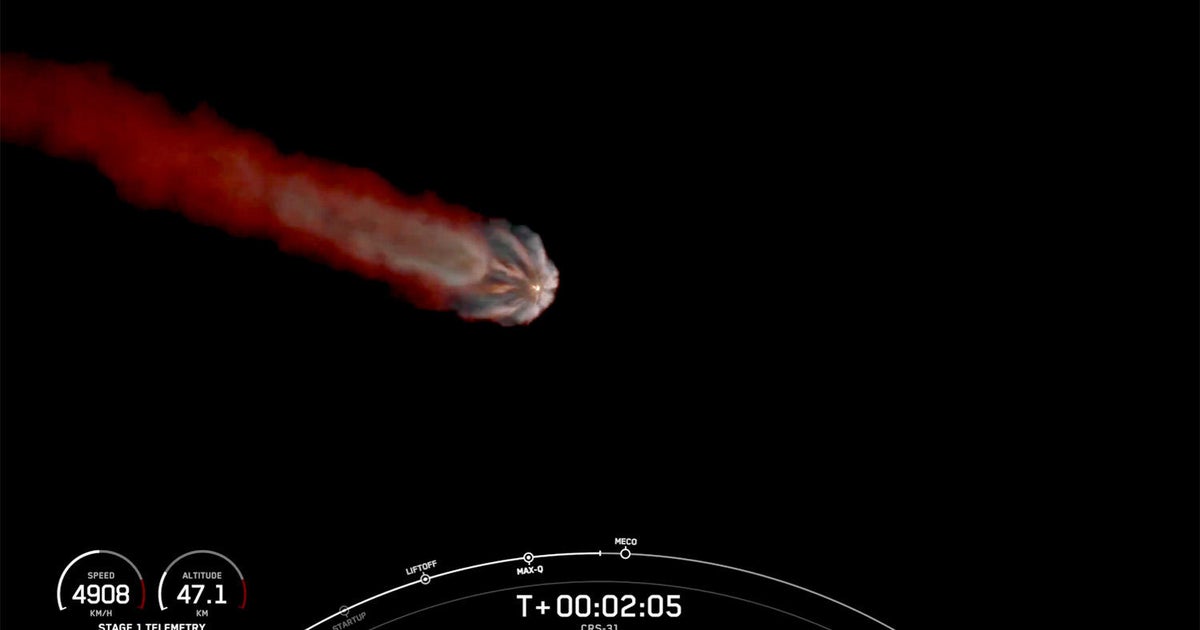Star dies by "spaghettification" as it's consumed by supermassive black hole
Astronomers have witnessed an extremely rare occurrence: the end of a star's life, as it's obliterated by a supermassive black hole. And this particular star's collapse was even more unique, because it experienced death by "spaghettification" — and no, that's not science fiction.
According to a new study in Monthly Notices of the Royal Astronomical Society, astronomers at the Zwicky Transient Facility spotted a blast of light, known as a tidal disruption event, that indicated the star's death in September 2019. Researchers said this week that it was the closest such a phenomenon has ever occurred to Earth, taking place just over 215 million light years away.
"The idea of a black hole 'sucking in' a nearby star sounds like science fiction. But this is exactly what happens in a tidal disruption event," said lead author Matt Nicholl, from the University of Birmingham in the U.K.
Using telescopes from the European Southern Observatory (ESO), scientists were able to investigate in unprecedented detail just what happens when a star is devoured by a "monster" black hole. They said that the star had approximately the same mass as the sun, about half of which was lost to the black hole, which is over a million times bigger. The other half was simultaneously ejected outward into space.
During this violent spaghettification process, long, thin strands of material that make up the star collapse into the intense gravity of a black hole — which basically swallows it up like stellar spaghetti. The event releases a bright burst of energy that can be detected by astronomers.
"When an unlucky star wanders too close to a supermassive black hole in the center of a galaxy, the extreme gravitational pull of the black hole shreds the star into thin streams of material," said co-author Thomas Wevers, an ESO Fellow in Santiago, Chile.
In the past, these flares have often been obscured by exploding dust and debris, making them difficult to study. But this time, astronomers lucked out.
This tidal disruption event, named AT2019qiz, was found just after the event occurred, making it much easier to observe. Researchers studied AT2019qiz, located in a spiral galaxy in the constellation of Eridanus, for six months as the flare grew brighter and brighter before fading away.
"Because we caught it early, we could actually see the curtain of dust and debris being drawn up as the black hole launched a powerful outflow of material with velocities up to 10 000 km/s," said Kate Alexander, a NASA Einstein Fellow at Northwestern University.
"This unique 'peek behind the curtain' provided the first opportunity to pinpoint the origin of the obscuring material and follow in real-time how it engulfs the black hole."
Astronomers said that their observations showed, for the first time, the direct connection between the dust and debris emitted from the star and the bright flare that occurs as it is devoured by the black hole. They hope that AT2019qiz can serve as a "Rosetta Stone," helping them interpret future tidal disruption events and deepen our understanding of the mysterious world of black holes.





